Florence Yoon - Euripides: Children of Heracles
Here you can read online Florence Yoon - Euripides: Children of Heracles full text of the book (entire story) in english for free. Download pdf and epub, get meaning, cover and reviews about this ebook. year: 2019, publisher: Bloomsbury UK, genre: Children. Description of the work, (preface) as well as reviews are available. Best literature library LitArk.com created for fans of good reading and offers a wide selection of genres:
Romance novel
Science fiction
Adventure
Detective
Science
History
Home and family
Prose
Art
Politics
Computer
Non-fiction
Religion
Business
Children
Humor
Choose a favorite category and find really read worthwhile books. Enjoy immersion in the world of imagination, feel the emotions of the characters or learn something new for yourself, make an fascinating discovery.
- Book:Euripides: Children of Heracles
- Author:
- Publisher:Bloomsbury UK
- Genre:
- Year:2019
- Rating:4 / 5
- Favourites:Add to favourites
- Your mark:
- 80
- 1
- 2
- 3
- 4
- 5
Euripides: Children of Heracles: summary, description and annotation
We offer to read an annotation, description, summary or preface (depends on what the author of the book "Euripides: Children of Heracles" wrote himself). If you haven't found the necessary information about the book — write in the comments, we will try to find it.
Euripides: Children of Heracles — read online for free the complete book (whole text) full work
Below is the text of the book, divided by pages. System saving the place of the last page read, allows you to conveniently read the book "Euripides: Children of Heracles" online for free, without having to search again every time where you left off. Put a bookmark, and you can go to the page where you finished reading at any time.
Font size:
Interval:
Bookmark:

COMPANIONS TO GREEK AND ROMAN TRAGEDY
Series Editor: Thomas Harrison
Aeschylus: Agamemnon, Barbara Goward
Aeschylus: Eumenides, Robin Mitchell-Boyask
Aeschylus: Libation Bearers, C. W. Marshall
Aeschylus: Persians, David Rosenbloom
Aeschylus: Prometheus Bound, I. A. Ruffell
Aeschylus: Seven Against Thebes, Isabelle Torrance
Aeschylus: Suppliants, Thalia Papadopoulou
Euripides: Alcestis, Niall W. Slater
Euripides: Bacchae, Sophie Mills
Euripides: Cyclops, Carl A. Shaw
Euripides: Hecuba, Helene P. Foley
Euripides: Heracles, Emma Griffiths
Euripides: Hippolytus, Sophie Mills
Euripides: Ion, Laura Swift
Euripides: Iphigenia at Aulis, Pantelis Michelakis
Euripides: Medea, William Allan
Euripides: Orestes, Matthew Wright
Euripides: Phoenician Women, Thalia Papadopoulou
Euripides: Suppliant Women, Ian Storey
Euripides: Trojan Women, Barbara Goff
Seneca: Hercules Furens, Neil W. Bernstein
Seneca: Medea, Helen Slaney
Seneca: Oedipus, Susanna Braund
Seneca: Phaedra, Roland Mayer
Seneca: Thyestes, Peter Davis
Sophocles: Antigone, Douglas Cairns
Sophocles: Ajax, Jon Hesk
Sophocles: Electra, Michael Lloyd
Sophocles: Oedipus at Colonus, Adrian Kelly
Sophocles: Philoctetes, Hanna Roisman
Sophocles: Women of Trachis, Brad Levett

Map of significant places
Outline of the plays action
Schematic of possible initial positioning, given a performance space roughly 25 metres in diameter
Outline of plot patterns
A typical depiction of Eurystheus and Heracles. Attic amphora, mid-sixth c. BCE . London, British Museum
Late fifth-c. BCE Lucanian pelike, 44.5 cm. Policoro, Museo Nazionale della Siritide
Late fifth-c. BCE Lucanian column-krater, 52 cm. Berlin, Staatliche Museen
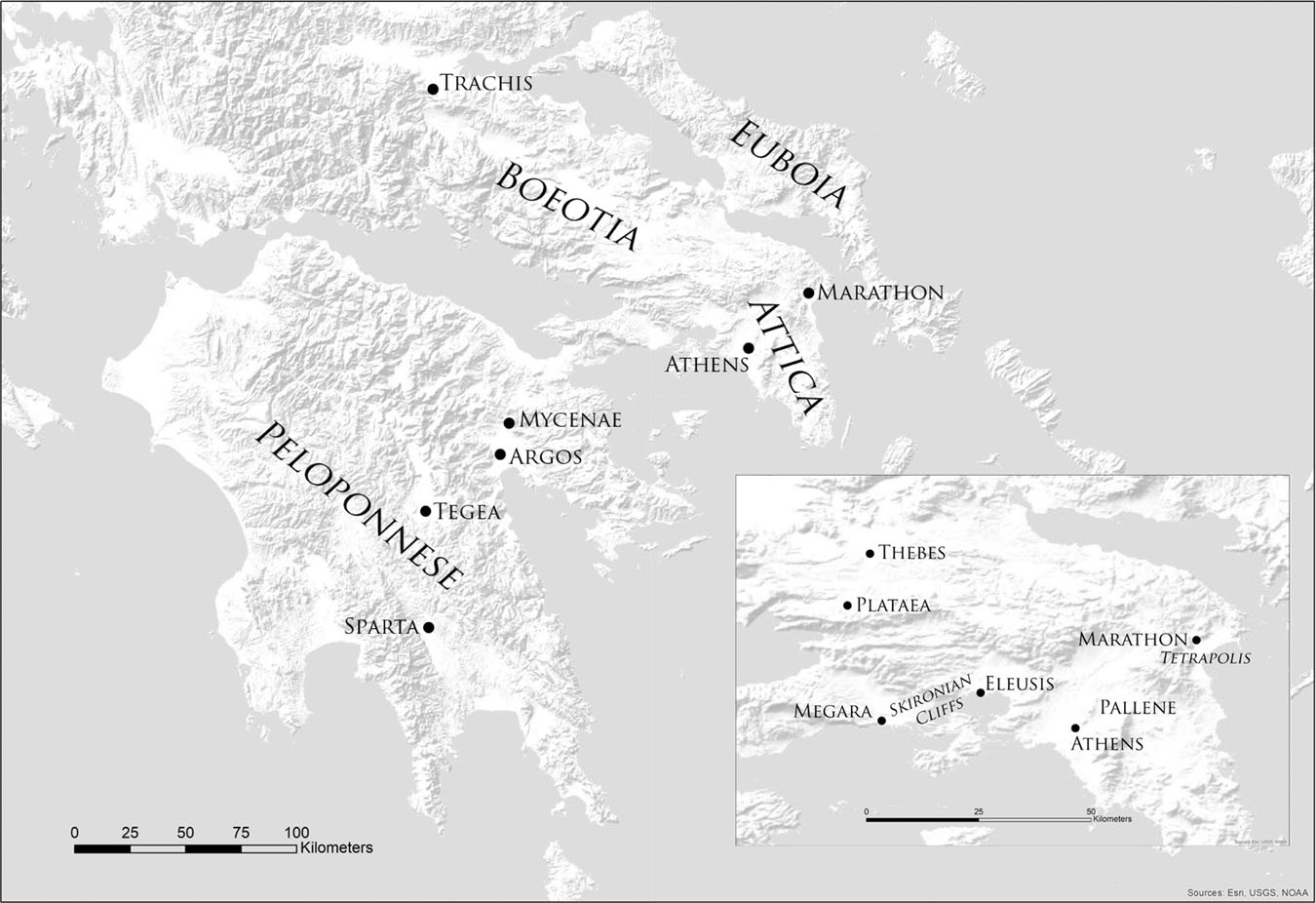
Map of significant places.
Children of Heracles, also known by various spellings of its Greek title Heraclidae, is a swift-moving and elusive play. This book aims to help readers appreciate the whole as greater than the sum of its parts by suggesting several angles that capture the essential changeability of the play in both its plot and characters. By suggesting alternative frameworks for the same material, I hope to help my readers not only to find one that rings true to them, but also to appreciate the range of audiences that Euripides was composing for. This does result in a certain degree of overlap between chapters, but I hope that the perspective offered by this approach will make up for any drawbacks.
I have written this book making three related assumptions about its readers. First, that you have recently read (or seen) the play, and that you will return to the play afterwards. Second, that this is not the first Greek tragedy you have read or seen, and you have some point of comparison. (Although this play could be an excellent introduction to the genre, I know no one for whom this has been the first port of call.) Third, that you have come to this play with some sense of the historical context of the fifth century BCE , though the details may elude you. For example, you are likely to know that the Peloponnesian War involved Sparta and Athens, though you may not be able to place either city on a map, or to remember any of the dates or the specific battles. In case I have assumed too much or too little I have included refreshers about the most essential details, and have provided references to the Greek and the secondary literature in the notes (though for ease of access I have tried to prioritize English-language scholarship, and articles over monographs). I hope that scholars and students alike will find some fresh ideas here and a starting-point for new investigations.
My thanks to the many friends and colleagues who have shared their support and expertise during the writing of this book. Special thanks to Susanna Braund, who guided me into this project; to Lucy Jackson, who helped me through various struggles; to Sheri Pak and Geoff Wilde, who lent their technical skills; and to Matt McCarty, who read the whole draft and drew me a map while I was working my way out.
All translations are my own.
The book is dedicated to my parents and my children, , (956).
Children of Heracles is an unusually action-packed, fast-paced play. In recounting the fortunes of Heracles family after his death, Euripides gives us a pitiful refugee tableau, a sudden and sacrilegious attack, an unexpected rescue, a divine demand for human sacrifice, a willing victim, a pseudo-comic scene, a battle narrative, a miraculous rejuvenation and a vicious triumph all in just over a thousand lines. With every scene Euripides suggests a new direction for the play, only to turn us around again in the next. In performance the intensity of each scene carries the audience along rather like a modern action film, but those looking for the bigger picture particularly readers with more leisure to consider the plays artistic merits can find these twists and turns more challenging. This chapter focuses on the action of the play and the shifting expectations that it creates.
Our reading of the play must rely almost entirely on the evidence provided by the text itself because we have few external clues to guide us. Children of Heracles is one of the nine plays often called alphabetic which have survived by chance, as they belonged to what seems to be the only volume E to K to be preserved in a single copy from a complete alphabetic collection of Euripides plays.audiences experience of our play.
Despite the lack of precise contextual information, we can make some general deductions about the audiences initial state of knowledge. Following this, we will turn to the play itself, laying out as simply as possible the events of each scene, including the controversial ending, and considering the audiences changing state of knowledge and expectations as the play progresses. Included in this outline are important elements of
What would the original audience of Children of Heracles have known or guessed about the play they were waiting to see? There are three sources we can consider as likely to have shaped the audiences expectations of any Greek tragedy as they sat down for the performance. Our knowledge of each of these sources is extremely limited, and the audience itself would have been made up of very different kinds of people with different access to these sources. Nevertheless, it is useful to keep in mind the kinds of expectations that Euripides had to work with.
The first source for the Greek audience is traditional mythology, from which most tragedies drew their plots. It is tempting to try to distinguish which details of our plays plot were traditional and which were Euripidean inventions, but such efforts must remain speculative.
Next pageFont size:
Interval:
Bookmark:
Similar books «Euripides: Children of Heracles»
Look at similar books to Euripides: Children of Heracles. We have selected literature similar in name and meaning in the hope of providing readers with more options to find new, interesting, not yet read works.
Discussion, reviews of the book Euripides: Children of Heracles and just readers' own opinions. Leave your comments, write what you think about the work, its meaning or the main characters. Specify what exactly you liked and what you didn't like, and why you think so.

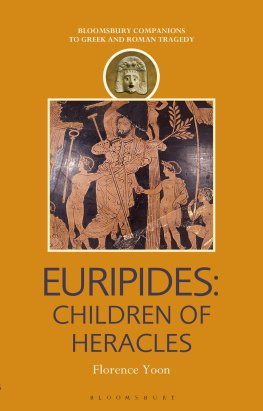
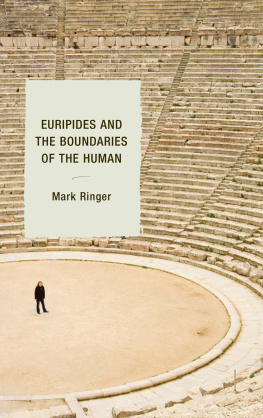



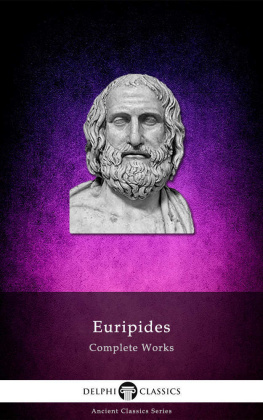
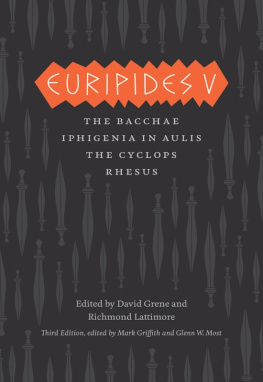
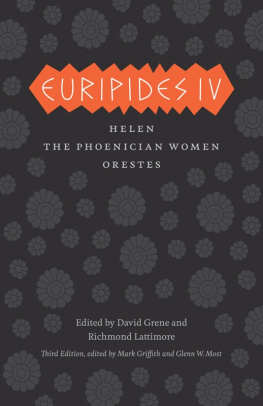
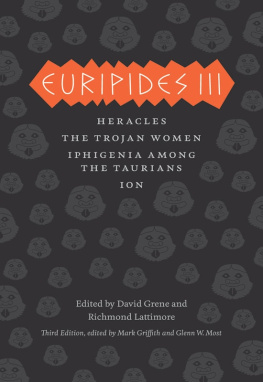
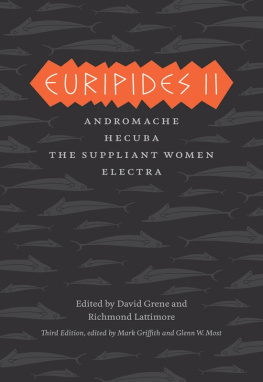

![Euripides - Classic Greek Drama: 10 Plays by Euripides in a Single File [NOOK Book]](/uploads/posts/book/43473/thumbs/euripides-classic-greek-drama-10-plays-by.jpg)